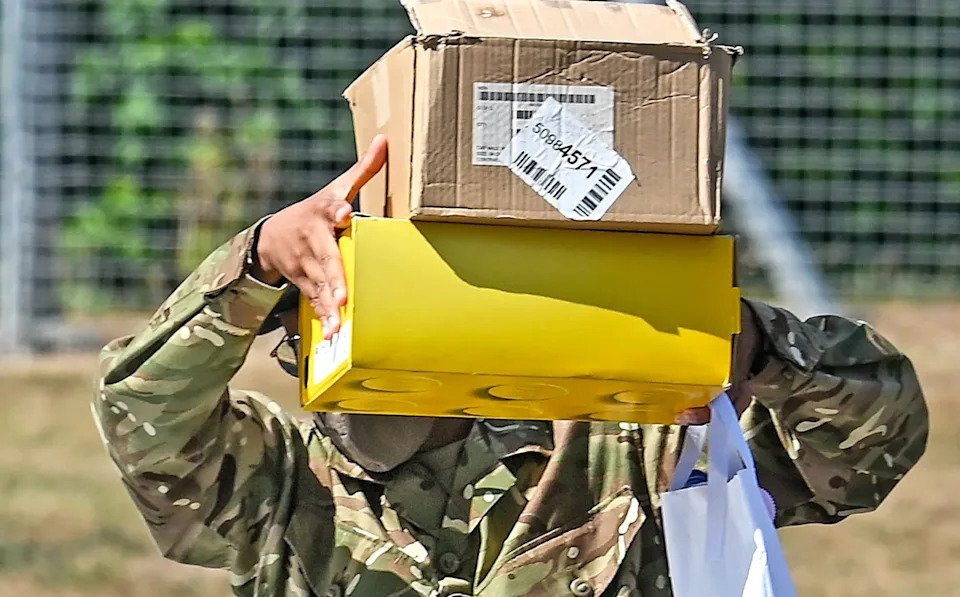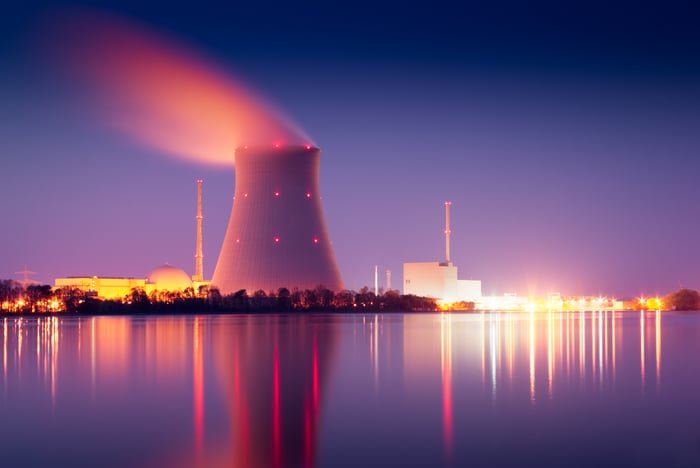Maksym Ustymenko had just shot down six Russian drones from his F-16 when a seventh struck his jet.
With the aircraft badly damaged, the pilot made a split-second decision to steer away from the populated area below and crash into an empty field, rather than give himself enough time to eject.
The Ukrainian lieutenant colonel died “like a hero”, the nation’s air force said, during what was Russia’s largest combined missile and drone barrage of the war so far.
Some 537 aerial weapons – 477 drones, mostly Iranian-made Shaheds, and 60 missiles – were launched late on Saturday and early Sunday last weekend.
That record was swiftly broken early the following Friday, when Russia launched 550 missiles and drones at Ukraine.

0507 Russia launches record attack on Ukraine
Russia’s surging defence industry, bolstered by an expanded missile plant in Votkinsk and rapidly expanding supply chains, could soon allow Russia to fire 1,000 missiles and drones at Ukrainian cities in a single night.
Vladimir Putin hopes that by sustaining repeated onslaughts, he can wear down morale among Ukraine’s population, deplete Kyiv’s defences and undermine the West’s appetite to maintain its support.
“They target population centres because they’re trying to exhaust Ukrainian air defence, and they know Ukrainian air defence will prioritise defending the cities and critical infrastructure,” Michael Kofman, a leading analyst of Russian and Ukrainian military operations, told The Telegraph.
Credit: State Emergency Service of Ukraine
Russia’s defence industry, aided by Chinese firms helping it dodge Western sanctions, is now stockpiling enough weapons to sustain at least two more years of war, with drone production up 17 per cent in May alone.
Compounding Ukraine’s vulnerability is the recent decision by the United States to pause key weapons shipments, some of which were already en route through Poland.
A Ukrainian intelligence source told The Telegraph that the absence of Patriot air-defence missiles in particular could leave major cities such as Kyiv exposed.
“There are some things only the US can supply,” the source said. “The loss of anti-ballistic missile PAC-3 interceptors will leave previously safe cities such as Kyiv wide open to Russian ballistic missile attack.”
Serhii Kuzan, chairman of the Ukrainian Centre for Security and Cooperation, warned that while Ukraine’s front-line air defences remained robust, its civilian infrastructure was more vulnerable.
“The suspension of US arms supplies poses a challenge not so much on the battlefield as on the home front,” he told The Telegraph. “Russian aerial terror is growing every month and is targeting Ukrainian cities and civilians.”
Fabian Hoffmann, a research fellow at the Oslo Nuclear Project, also warned that while the global production of Patriot missile interceptors was growing, only half of them were destined for Europe as a whole, meaning Ukraine could receive even less in the coming years.

A mother and her child walk through Kyiv in the aftermath of a Russian air strike – Getty Images
There is, however, no suggestion that Ukraine is in immediate danger of running out of air defence systems.
A source close to the Ukrainian military, speaking anonymously, said: “Even though Ukraine wants more all the time, the reason that is said is because you can never have enough and you have to plan for the future.
“Ukraine is always looking for people that are willing to offer them an additional supply but they’re actually okay on air defence systems throughout the rest of this year.”
Ukraine, for its part, continues to boast impressive interception rates. Its air force shot down 270 of 550 targets on Friday, including two cruise missiles. Another 208 targets were lost from radar and presumed jammed.
Still, the drones that do get through are lethal. At least six people were killed in that single night of strikes on June 28, while 14 were admitted to hospital on Friday.

0407 A single day of Russian missile and drone attacks against Ukraine (29 June 20205)
As ground-based air defence systems become stretched, Ukraine has turned to fighter jets to down incoming drones – as Lt Col Ustymenko’s fatal mission demonstrated.
Rustem Umerov, Ukraine’s defence minister, said Russia was seeking to “exhaust our air defence… and apply psychological pressure” on Ukrainians through relentless drone raids.
“Thank God we are alive,” Liza Sherstyuk, an aid worker in Sumy, told The Telegraph. “Every day we are under bombardment. On Monday night my good friend’s home was destroyed. My friend’s father was killed and her mother is seriously injured in hospital.”

A Ukrainian woman clutches a small dog as she surveys the damage to residential buildings in a suburb of Kyiv on Friday – Getty Images
Kyiv has shown it can hit back hard. In May, a Ukrainian drone strike on a microelectronics plant in Zelenograd forced several Moscow airports to close. The plant produced semiconductors used in Russian radar and missile systems.
Last month, Ukrainian drones smuggled aboard freight trucks hit four Russian airfields – one more than 2,500 miles from the Ukrainian border. Kyiv claimed 41 aircraft were damaged, including bombers and an A-50 spy plane.
The aim of such long-range strikes is not only to retaliate against Russia on its own turf, but to erode its ability to wage high-volume aerial warfare.
Yet Russia is digging in. Despite a recent pledge by Putin to cut defence spending next year, few believe it will stick.
“Russia announces plans to spend less on defence in future years all the time,” said Mr Kofman. “It has absolutely no bearing on what they end up doing.”








